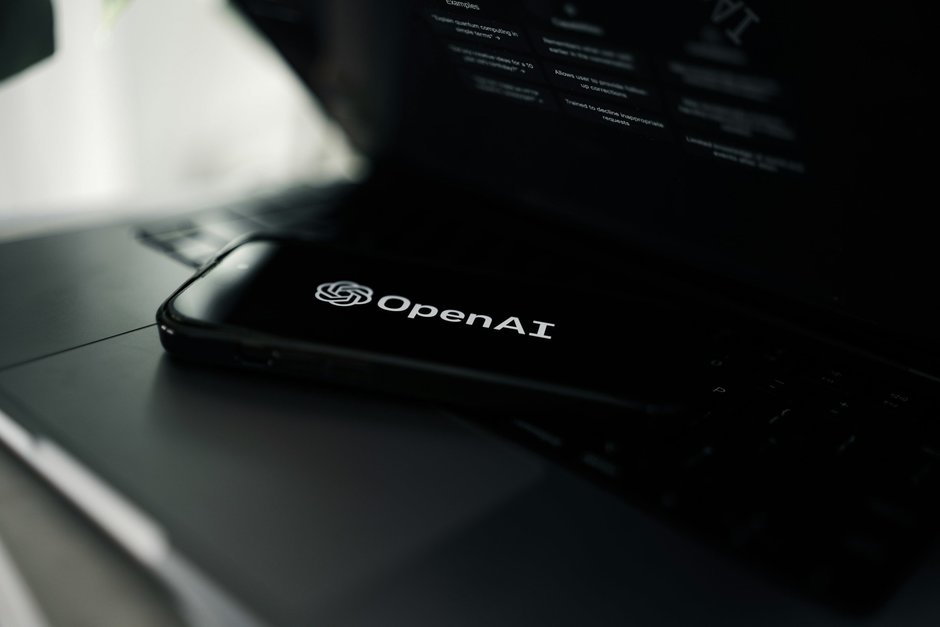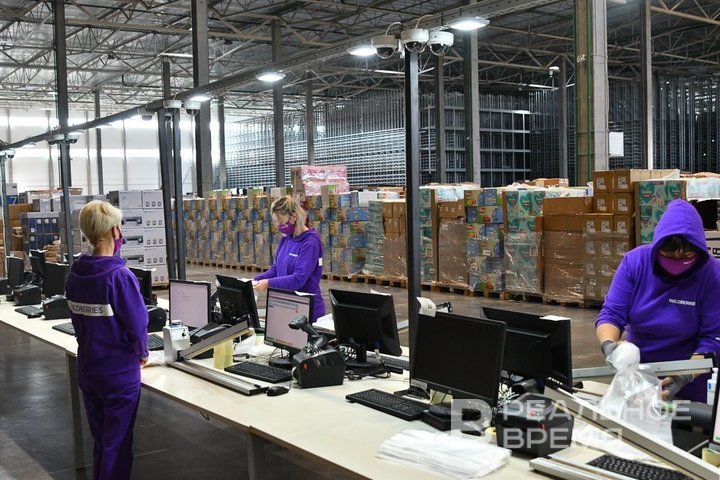Developer Offer
Try ImaginePro API with 50 Free Credits
Build and ship AI-powered visuals with Midjourney, Flux, and more — free credits refresh every month.
ChatGPTs Storefront Free Marketplace Redefines Online Shopping
OpenAI has made a revolutionary move in e-commerce, transforming ChatGPT into a novel trading platform. Unlike traditional marketplaces filled with endless catalogs and complex navigation, this new model has no conventional storefront. Instead, a purchase becomes a natural extension of an intelligent conversation. Digital economist Ravil Akhtyamov suggests this is not just a new feature but a complete rethinking of the online shopping economy, driven by artificial intelligence.

From Keywords to Conversation The New Shopping Paradigm
The primary difference in ChatGPT's approach is its move away from keyword-based searches toward a contextual understanding of user needs. Traditional marketplaces require precise queries like “red sneakers, size 42, on sale.” In contrast, the AI platform can interpret complex, descriptive requests such as “I need a gift for a friend’s 35th birthday, something heartfelt for the home that reminds us of our friendship, budget up to $100.”
This method directly tackles a core issue in modern e-commerce known as the “paradox of choice.” Research shows that when consumers face too many options, the probability of making a purchase drops. This cognitive overload often leads to delayed decisions or abandoned carts. ChatGPT streamlines this by providing a curated and relevant selection of products, saving users time and simplifying the decision-making process.

Photo by Zac Wolff on Unsplash
Key Facts Behind ChatGPTs E-commerce Push
The following table highlights verified data about ChatGPT’s new commercial features, confirmed by OpenAI and its partners.
| Parameter | Verified data | Source and comments |
|---|---|---|
| ChatGPT audience | Over 700 million users weekly | Official OpenAI blog, November 2024 |
| Commercial queries | 2.1% of all queries related to products (75+ million per week) | OpenAI statistics confirming consumer demand |
| Launch geography | United States only | Limitation at the initial stage |
| Key partners | Etsy, Walmart; Shopify “coming soon” | Official partnership announcements |
| Technological platform | Agentic Commerce Protocol with Stripe | Ensures secure transactions |
| Current limitations | Purchase of a single item; shopping cart in development | Gradual rollout of new features |
The Technology Powering the Invisible Marketplace
The foundation of this new commercial ecosystem is the Agentic Commerce Protocol, created in partnership with Stripe. This architecture has three essential components for seamless and secure operations:
- Product Feed: A mechanism for sellers to directly supply structured product data, ensuring real-time accuracy.
- Checkout API: An interface for deep integration with marketplace backends, processing orders without redirecting users to external sites.
- Delegated Payments: A secure payment system using tokenization (Shared Payment Token) to protect users' financial data.
The strategic partnership with Walmart, a global retail leader, is particularly noteworthy. This collaboration shows that major retailers view ChatGPT as a serious sales channel worthy of integration into their core business strategies.
A New Revenue Stream and Market Disruption
OpenAI has stated that sellers will be charged a “small commission” on completed sales. While the exact rates are undisclosed, this model opens up a significant new revenue stream for the company, moving beyond its subscription services. With 75 million commercial queries per week, the economic potential is immense. Even with a conservative 1-2% conversion rate and a $50–$70 average order value, the annual transaction volume could reach billions of dollars within its first year.
The arrival of ChatGPT as a commercial platform creates major strategic challenges for the e-commerce market. For marketplaces like Amazon and eBay, it directly threatens their keyword-based search and advertising models. For retailers, it presents an opportunity to reach new audiences but also a risk of losing control over the customer journey. For small and medium-sized businesses, this new platform offers a chance to compete without massive investments in search marketing. All they need is high-quality, structured product data. However, it also creates a new dependency on AI algorithms that decide which products to recommend.

Current Hurdles and Future Growth
Despite its strong start, the system has several limitations that will guide its short-term development:
- Functional: Users can only purchase one item at a time, which limits the average basket size.
- Geographical: The service is currently available only in the United States.
- Integrational: The number of connected platforms is still limited compared to established marketplaces.
However, development is moving quickly. OpenAI has already announced plans to introduce a shopping cart, expand to other countries, and integrate more platforms. The system's open protocol foundation allows for relatively easy integration of new sellers and payment systems.
The Dawn of the Conversational Shopping Economy
ChatGPT is not just building another marketplace; it's creating a new shopping economy where value is driven by a deep understanding of user needs rather than the size of a catalog. This challenges the long-held e-commerce belief that “more choice is always better.”

For businesses, this signals an urgent need to adapt. The quality of structured data and the ability to integrate with AI platforms are becoming critical for success. This technological transformation challenges not only how we shop online but the fundamental relationship between buyers and sellers. We will likely see a significant market shift in the next few years, with success favoring those who adapt to the new economy of conversational shopping.
By digital economist Ravil Akhtyamov
Compare Plans & Pricing
Find the plan that matches your workload and unlock full access to ImaginePro.
| Plan | Price | Highlights |
|---|---|---|
| Standard | $8 / month |
|
| Premium | $20 / month |
|
Need custom terms? Talk to us to tailor credits, rate limits, or deployment options.
View All Pricing Details

